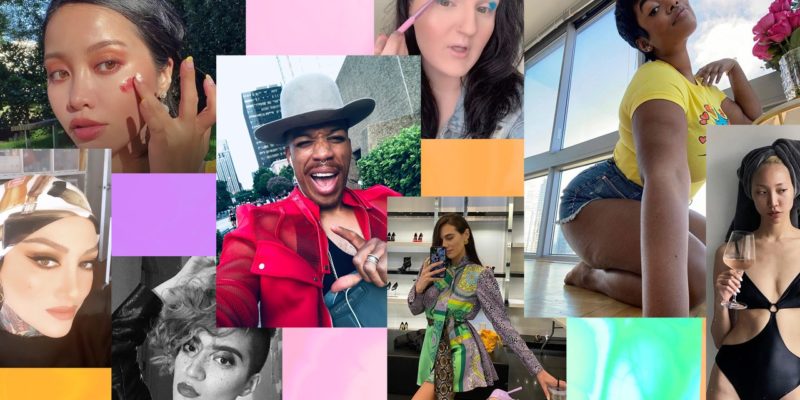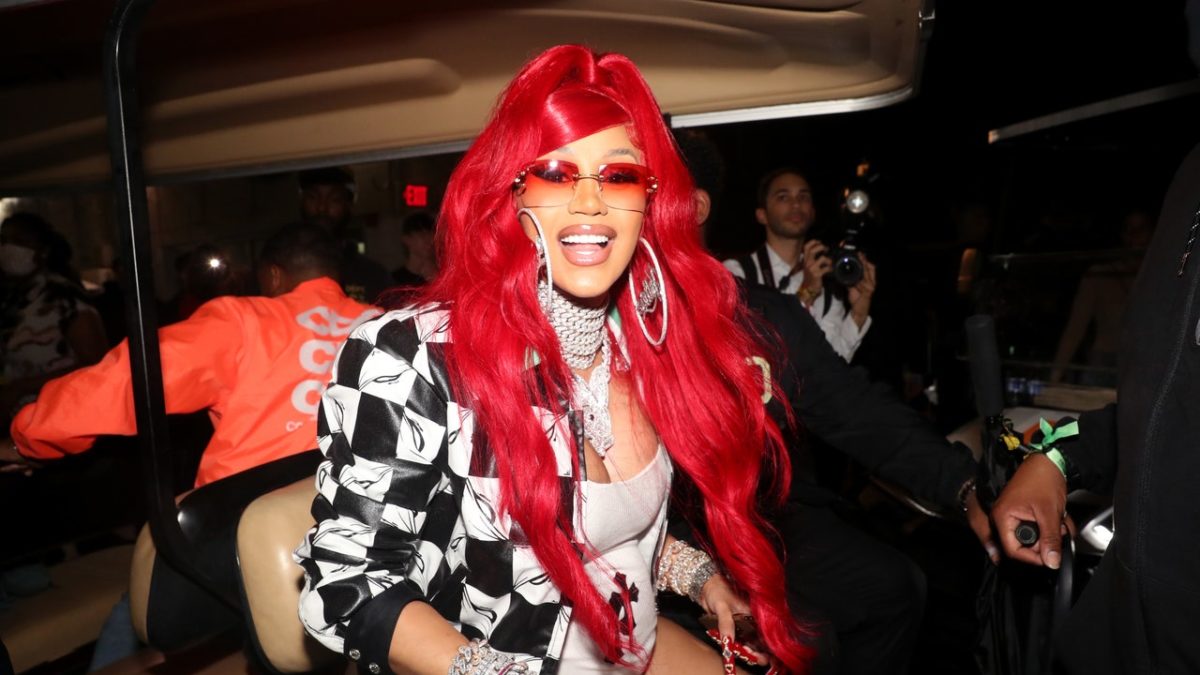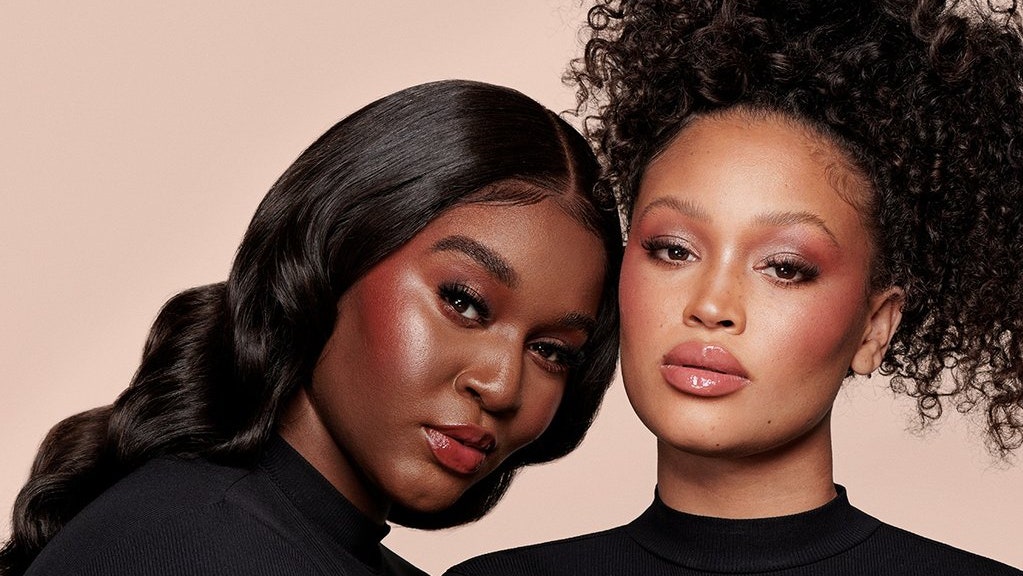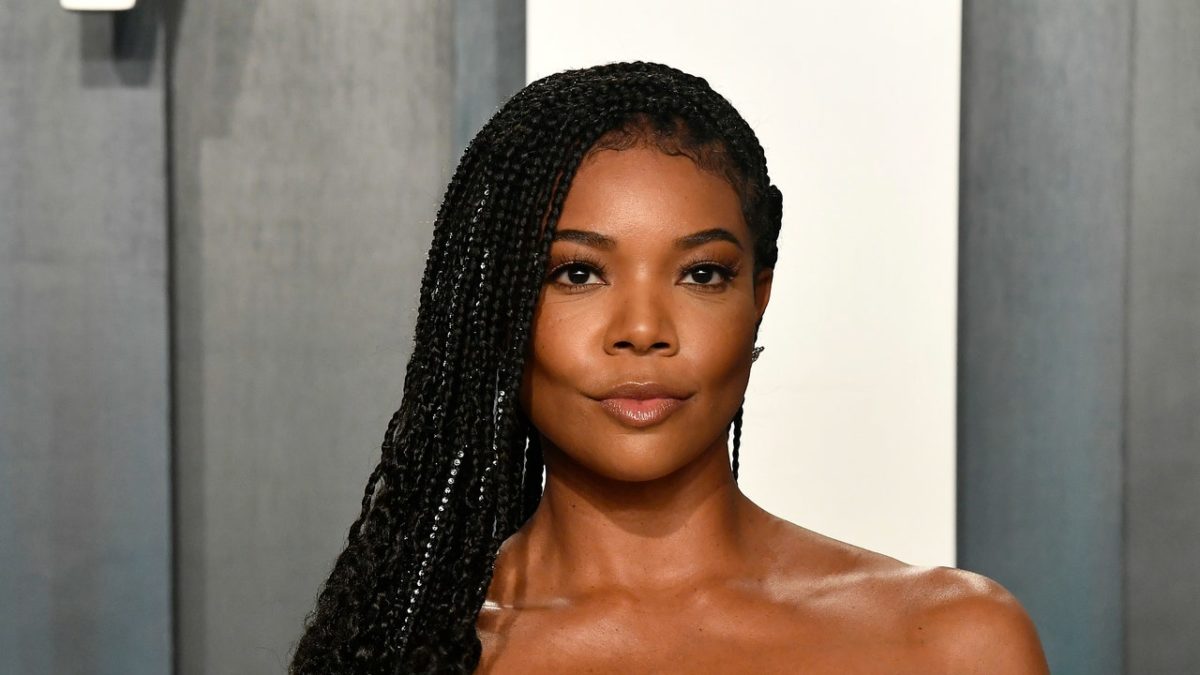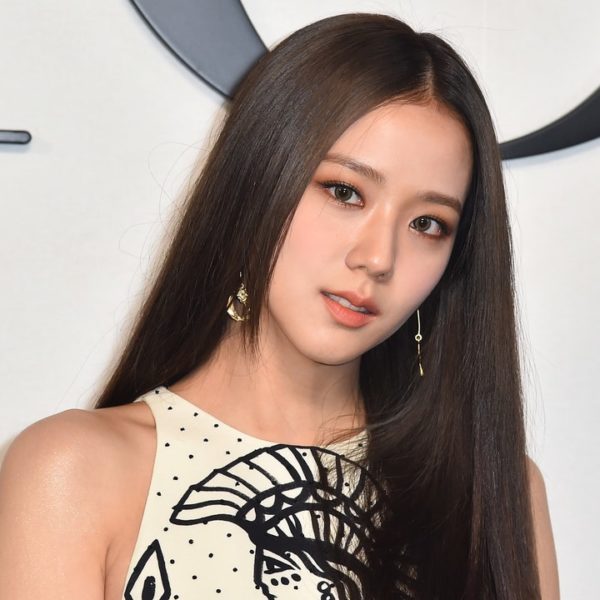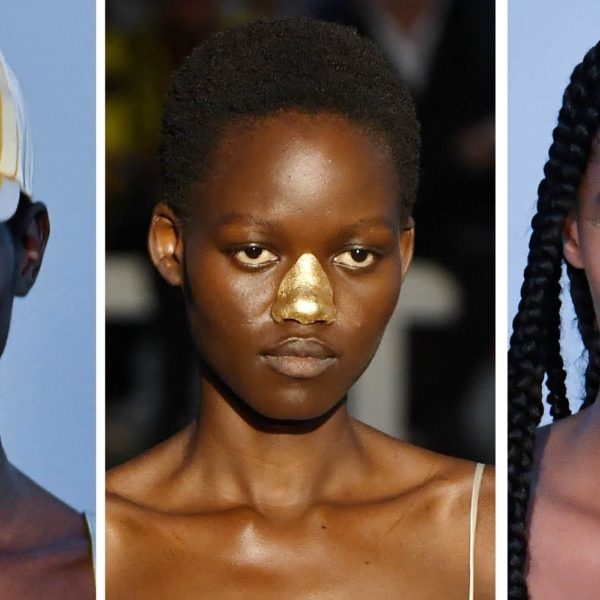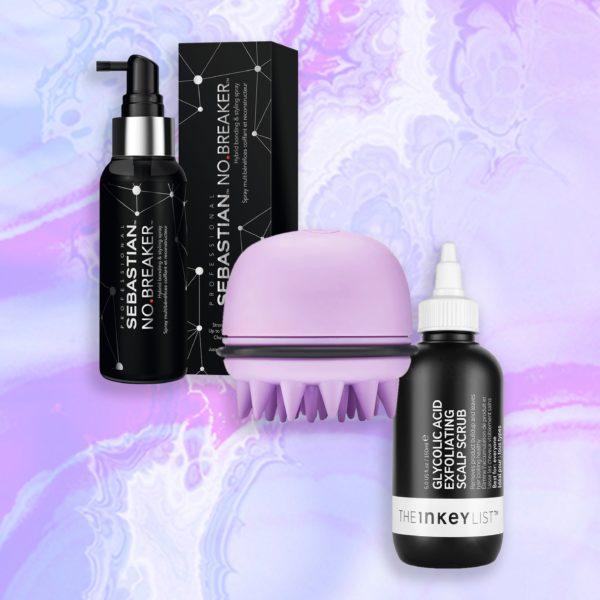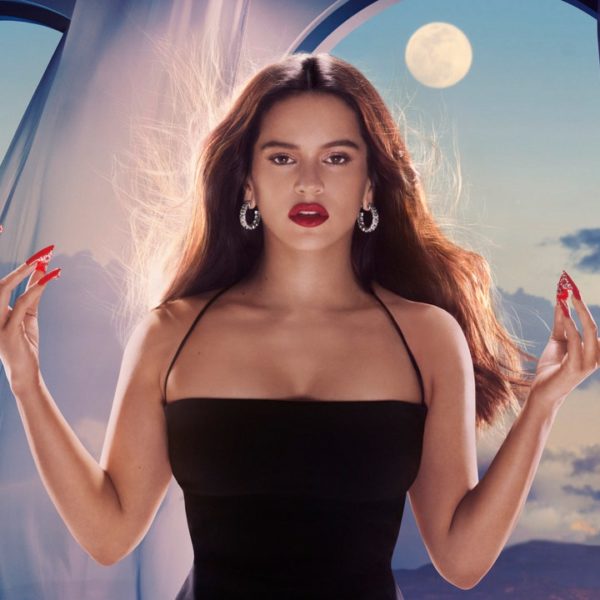The Evolution of the Selfie
Out of this cultural tempest, we found peace. Self-portraiture became omnipresent and therefore rather ordinary and not really capable of riling us up with controversies. It’s become the water in which we swim, the air we breathe, a way of communicating. It seems silly to look to all our everyday self-portraits — sent to friends or propped onto our social media accounts — as proof of myopic vanity.
My selfies of late have been heavy on the evidence-gathering type. Did this purple shampoo work? I shall take a before-and-after and after-and-after series to send to no one and, frankly, never really consult. Sometimes the lines of inquiry are more mood-based, and these are the ones that get sent off to friends as quickly as I make them — also never to be thought of again. I miss you! Look how grumpy I can make my scowl lines! Look how content and adored your birthday card made me feel! The intentions and lighting quality vary, but the impulse to show my face and then forget about it remains. — Maggie Lange
The Selfie Epoch
In the art history textbooks of tomorrow, our 21st-century obsession with photographing ourselves will be addressed in a thoughtful academic context. This is not an art history textbook — but welcome to “Intro to 21st-Century Self-Portraiture.” Here is your syllabus.
1990: The Dawn of Perfectionism
The advent of Adobe Photoshop ushers in a new frontier for image manipulation. Pascal Dangin, who founds his digital imaging company Box Studios in 1996, is perhaps the most notable practitioner of the art of retouching, helping to create a new standard of photographic perfection that transcends reality, but just slightly. “It is known that everybody does it, but they protest,” Dangin tells a reporter in 2008. Debate about the ethics of image editing looms throughout the decade, but post-production becomes the norm as nonphotographers accept digitally smoothed-over zits and sculpted arms. The first commercial camera phone in North America arrives in 2002: a Japanese Sanyo model serviced by Sprint.
2006: The MySpace Pic
Named for the pioneering social media platform, “from 2006 to 2009, the term ‘MySpace pic’ described an amateurish, flash-blinded self-portrait, often taken in front of a bathroom mirror. Self-portraits shot with cell phones, or ‘selfies’ — cheap-looking, evoking the MySpace era — became a sign of bad taste.” — The New Yorker, 2013
2009: The Early-Selfie Period
We’re getting the hang of this! We’re learning our angles! We’re contouring (RuPaul’s Drag Race premieres in 2009) — or kontouring — and we think we look pretty good. (We will eventually look back in horror.) By 2013, the Oxford English Dictionary names “selfie” the word of the year, canonizing the term as “a photograph that one has taken of oneself, esp. one taken with a smartphone or webcam and shared via social media. Colloquial. (Originally Australian).”
2013: The Age of Influence
Three years after Instagram’s inception, the app’s first ad in history is posted: a photo of a Michael Kors watch resting somewhere in Paris, surrounded by macarons. The watch’s square bezel is pointed at the viewer, as if addressing them: “The age of influence is long. Get used to the tablescapes.” Advertising enters social media like a drop of food coloring enters a glass of water. The social media director is established as a new corporate archetype. Ordinary people of extraordinary good looks leverage their followings into channels for marketing anything that can be sold, from fine jewelry to weight-loss tea. An entirely new type of selfie is born: sponcon, or sponsored content post. In 2015, Snapchat launches Lenses, an assortment of filters that allow users to puke rainbows, instantly age 60 years, or, eventually, touch up their appearance.
2020: The Late-Selfie Period
Rampant environmental disaster, a pandemic, widespread economic disparity, the persistent rise of fascism. The year 2020 can be segmented into installments of human suffering. Instagram feeds are rapidly converted from sun-soaked selfies to images of Black Americans who have been killed by police and mutual-aid resources in action. Before long, the social justice moment subsumes the selfie. Women post selfies in vague support of female empowerment and ask their peers to do the same. “Challenge accepted,” they write. Elsewhere on social media, users continue to post selfies with varying levels of self-awareness. New, more sophisticated filter technology turns the selfie into something approaching the “surrealfie,” where facial features can be tweaked (add freckles, change hair color) and the virtual can seamlessly be presented as the real. To which Generation Z responds: “We’ve spent our entire lives online — the virtual is the real, grandma.” The widespread adoption of FaceTune, established in 2013, contributes to the resurgence of an airbrushed filter. And back round we go. — Brennan Kilbane
A version of this story originally appeared in the March 2021 issue of Allure. Learn how to subscribe here.
Read more stories from our 30th Anniversary issue:
Now watch Lana Condor try nine things she’s never done:

